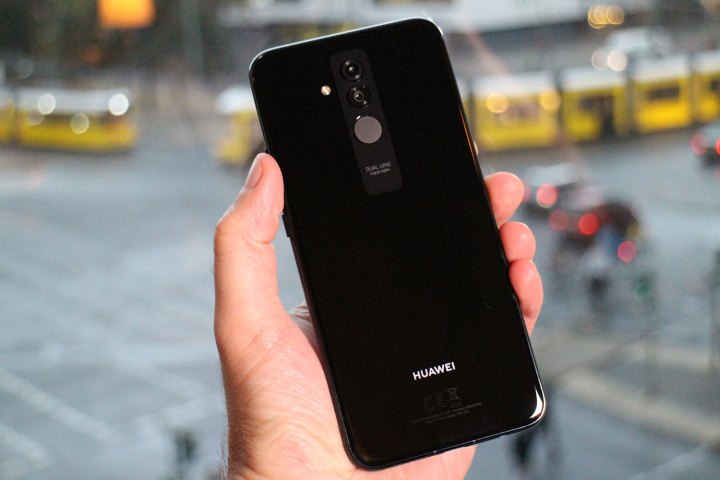
Huawei is working hard to bring its premium A.I.-driven technology to everyone, regardless of price range. That seems to be the idea behind the Huawei Mate 20 Lite, which launched at IFA 2018. It’s the first of the new Mate 20 range to be released, and it bodes well for the release of the Mate 20 and Mate 20 Pro.
With a powerful new Kirin 710 processor, four camera lenses, and a huge 6.3-inch display, the Huawei Mate 20 Lite could be one of the phones to bring artificial intelligence into everyday life. Unfortunately, there are no plans to bring it to U.S. shores. Here’s everything you need to know about the Huawei Mate 20 Lite.
Design and display
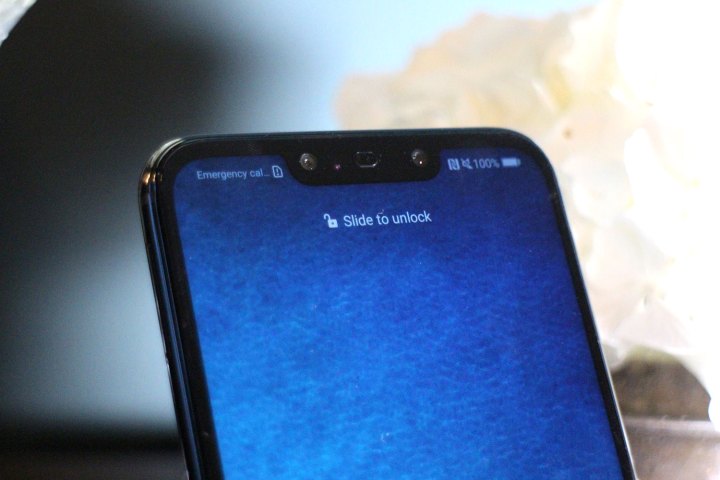
Despite being a midrange device, the Mate 20 Lite is made from premium materials. There’s glass on the front and back, sandwiching a metal frame. It’s a similar design to previous Huawei devices — but we haven’t grown sick of it yet. It comes in glossy black, sapphire blue, and platinum gold.
It’s bad news for notch-haters though, as the Mate 20 Lite definitely has a notch. However, it should be easy to forgive and forget when it’s embedded in a massive 6.3-inch IPS LCD display, running a crisp 2,340 x 1,080 resolution in a super-long 19.5:9 aspect ratio.
Specs and battery
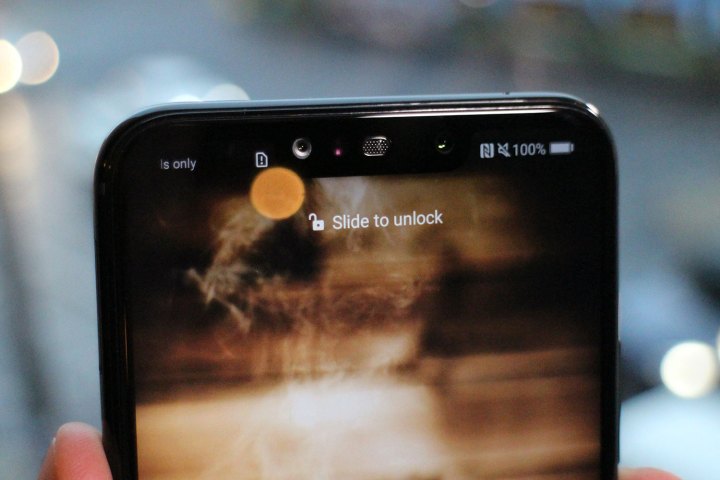
The Mate 20 Lite is a strictly midrange device, but that doesn’t mean it doesn’t have some bite to back up its bark.
Key Specs
- CPU: Kirin 710
- Memory: 4GB
- Storage: 64GB
- MicroSD card slot: Yes, up to 512GB
- Screen size: 6.3 inches
- Resolution: 2,340 x 1,080
- Connectivity: Bluetooth 4.2, NFC
- Battery: 3,750mAh
This is the first time we’ve seen the revised Kirin 710, and while we don’t expect it to match Huawei’s Kirin 970 (or brand new Kirin 980 processor), we have high hopes for performance based on Huawei’s fine pedigree. 4GB of RAM should mean the phone keeps on ticking regardless of what you throw at it. 64GB of internal storage and a MicroSD card slot should give most users more than enough room to breath — and there’s a 3.5mm headphone jack, too.
Huawei’s new GPU Turbo is included in this phone, as well as an A.I.-powered Game Suite mode that prioritizes game performance. Despite the lower-powered processor, this combination will hopefully see solid performance from the Mate 20 Lite.
There’s a massive 3,750mAh battery backing up those specs, and a battery of that size should keep the Mate 20 Lite powered for a good amount of time. We saw great battery performance from the Mate 10 Pro and the P20 Pro, and we expect that the Mate 20 Lite will keep up this tradition. Huawei’s 18W fast-charging tech will also be included, so it won’t keep you waiting for long when the battery does need refilling.
Software and special features
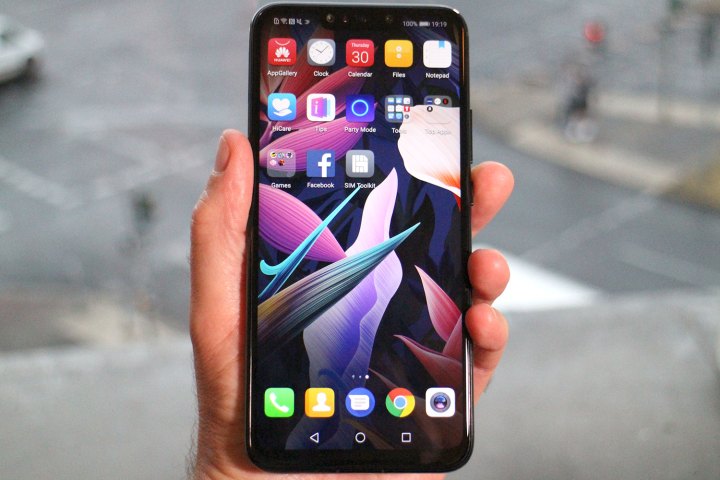
A.I. is at the center of almost every consumer-based technological advance, and Huawei is making a big push to be at the forefront of that tech — and the Mate 20 Lite is apparently leading the Chinese company’s next big charge.
Huawei’s aim is for the Mate 20 Lite’s A.I. to seamlessly merge into your life. A.I. Noise Cancellation cuts out background noise during phone calls, ensuring high quality phone calls. A.I. Smart Gallery uses A.I. to recognize and sort your pictures into automatic albums. The A.I. Shopping Assistant is perhaps the most interesting new feature, and it takes the hassle out of online shopping by using A.I. to find the products you want. Mate 20 Lite users will be able to long-press an image of any product in order to pull up an A.I.-created list of stores that stock that item.
Outside of the A.I. assistance, you’ll find Huawei’s usual EMUI 8.2 skin laid over Android 8.0 Oreo, along with Huawei’s face unlocking feature.
Camera
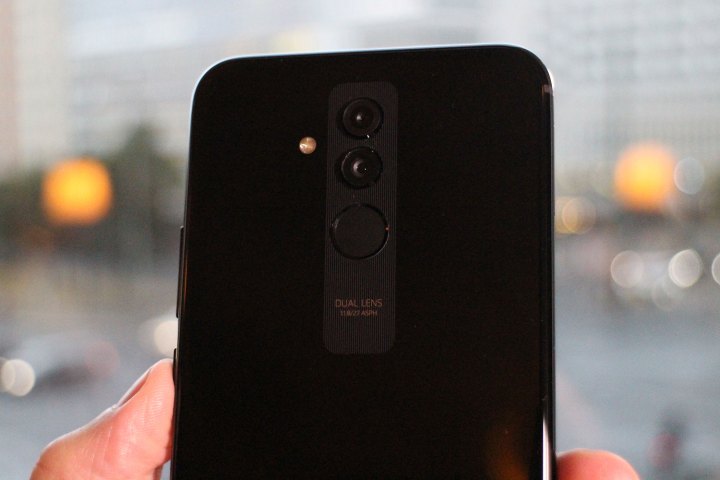
The Mate 20 Pro comes with not two, not three — but four A.I.-powered camera lenses. There’s no P20 Pro-style triplecamera though — it’s two on the front, and two on the back.
You’ll find a 20-megapixel lens working with a 2-megapixel lens on the back of the phone, providing a professional-looking bokeh blur effect. The rear-facing cameras have also been injected with A.I. capabilities, and they’re capable of recognizing over 500 scenarios across 22 categories — including Portrait, Blue Sky, Snow, Ancient Building, and more. The A.I. then alters the camera settings to match the scenario it sees, hopefully giving you the best possible snap every time. The A.I. also offers composition tips during your shooting, providing suggestions on framing and gradually teaching users photography basics.
The front-facing selfie lenses are even more impressive. There’s a 24-megapixel lens running alongside a 2-megapixel lens here, and they work together to provide bokeh “portrait mode” selfies, as well as boosting your selfie game with
Huawei is also diving into the Animoji/AR Emoji game with its own version of personalized emojis, called 3D QMoji. These are easily exportable as gifs or videos, meaning they’re super-easy to share on social media.
Keen video users will also be able to record in slow motion, at a speed of 480 frames per second. That’s not as impressive as the 960 fps super-slow motion on the Galaxy S9 and Xperia XZ2 Premium, but it’s still impressive for a midrange device.
Release date and price
The Huawei Mate 20 Lite will be available to purchase in the U.K. from Vodafone, EE, and Carphone Warehouse from October. Prices will start at 380 British pounds. Unfortunately, there’s been no word of a U.S. release, so if you’re U.S.-based and want to get your hands on the new Mate 20 Lite, you’re probably going to have to import it.
Editors' Recommendations
- I’ve used Android phones for 10 years, and I hate these ones the most
- Huawei’s Mate 50 Pro is here with an insane 200x zoom
- Huawei’s MatePad Paper is an E Ink-equipped Kindle rival
- Motorola Moto Edge 20 series: Everything you need to know
- Trio of new Moto Edge 20 phones get 108MP cameras, 6.7-inch OLED screens, and 5G


